Chrissy Remein and John Lipscomb of Riverkeeper
Chrissy Remein
John Lipscomb
Oil sheen on the Gowanus
Coal tar and gasses bubbling up to the surface
Raw sewage near the large CSO at head of canal
When Riverkeeper Captain John Lipscomb contacted me a few days ago to say that he was bringing the organization's patrol boat to Gowanus and asked if I would like to hop on, I said 'yes', of course.So, I met John and Chrissy Remein, Riverkeeper's New York City Coordinator at a dock in Red Hook yesterday and climbed on board, along with a film crew, which is currently working on a documentary on Gowanus. John navigated the boat to the Ninth Street Bridge, where we got on a smaller boat to access the upper part of the canal.
Boating on an Environmental Protection Agency Superfund site is always a bit unnerving, I must say. Even with a life vest and an experienced captain at the helm, the visible pollution on the surface of the water and the acrid fumes are reminders that this is one of the most toxic waterways in the country.
Plastic bottles, discarded shopping bags, and other garbage floating around the boat are the least of the problem. In certain parts of the Gowanus, big globs of coal tar bubble up to the surface and leave an eery, oily sheen on the water. Closer to the top of the canal, near the Flushing Tunnel and close to the largest Combined Sewer Overflow, foam mixed with human waste is piling up around a boom just feet from the Union Street bridge.
Of course, that is just what the eye can see. The native sediment at the bottom of the Gowanus Canal is contaminated with a deep layer of 'black mayonnaise', a mixture of coal tar and other industrial waste that accumulated there decades ago.
As everyone knows, a clean-up of our toxic waterway is underway and so far, the EPA
team responsible for its remediation has kept to the schedule outlined at the beginning of the process. However, the Environmental Protection Agency is the hardest-hit agency under President Trump’s fiscal year 2018 budget proposals. The budget would cut funding for the Agency by 31 percent from its current level, EPA’s staff could be cut by about 21 percent, and the Superfund program, responsible for cleanups of contaminated sites, would have its funding cut from about $1.1 billion to $762 million.
According to Inside EPA, the Agency's Office of Management and Budget (OMB) is currently developing "a plan for consolidating its 10 regional offices into eight, a step being justified as a way to realize 'efficiencies' but which is already sparking concerns that it could spread an already strapped agency too thin to accomplish its mission. In addition, some state sources are concerned that cutting back on the number of regional offices could also limit support..."
Of course, the beauty of the Superfund program is that the polluters will ultimately foot the bill for the clean-up, but fewer staff and cuts to the Superfund program certainly will directly impact the clean-up of the Gowanus Canal by delaying it.
An EPA memo detailing how the agency plans to implement the Trump administration's budget request was just published by Inside EPA. Here is the section pertaining to Superfund program cuts:
The administration is proposing to slash $330 million, or 30 percent, from Superfund cleanup spending in FY18. The memo details these cuts. For instance, it says Superfund emergency response and removal funds of $144 million would be cut by $29 million, and 19 FTEs would be eliminated from the 244 FTEs allotted to that program. This would lower funds for non-time critical removal actions and non-cleanup support contracts, it says, "returning responsibility for cleanups to states and local communities."
At the same time, it encourages the program to maintain current levels of on-scene coordinators with an eye toward using special account money. The attorney points to inconsistencies in this: EPA is seeking to reduce non-time critical actions with the message of moving that work to states, but at the same time it is cutting states' grants, and the removal program is to look to using special account remedial money when such funds have not traditionally been assigned to go to removal actions.
Superfund's federal facilities funds would be cut by $513,000 from a total of $5 million with 5.4 FTEs eliminated from 103.2 full-time equivalent employees. In Superfund's remedial program, $152.8 million would be cut from a total of $371.9 million, and 63.7 positions eliminated from 868.8 FTEs.
"The program is to continue to prioritize the use of existing settlement funds to clean up hazardous waste sites and look for ways to remove some of the barriers that have delayed the program's ability to return sites to the community," the memo says. It also encourages the program "to increase direct charging FTE to Superfund special accounts, as appropriate."
Superfund enforcement would be slashed -- from $31.8 million down to $1.9 million in nonpay funds -- and this program would see an elimination of 177.5 FTEs from a total of 708.6 FTEs, the memo says. This would reflect a "refocus on enforcement areas that are not delegated to states and on providing national consistency," it says. It will also leverage resources by combining the Superfund and federal facilities enforcement programs.
If these budget cuts do go into effect, it will be a disgrace and will be a heavy price to pay for Gowanus and its residents. For decades, the community has been exposed to extremely dangerous conditions and a slowdown in the Superfund clean-up would seem almost criminal.
Superfund's federal facilities funds would be cut by $513,000 from a total of $5 million with 5.4 FTEs eliminated from 103.2 full-time equivalent employees. In Superfund's remedial program, $152.8 million would be cut from a total of $371.9 million, and 63.7 positions eliminated from 868.8 FTEs.
"The program is to continue to prioritize the use of existing settlement funds to clean up hazardous waste sites and look for ways to remove some of the barriers that have delayed the program's ability to return sites to the community," the memo says. It also encourages the program "to increase direct charging FTE to Superfund special accounts, as appropriate."
Superfund enforcement would be slashed -- from $31.8 million down to $1.9 million in nonpay funds -- and this program would see an elimination of 177.5 FTEs from a total of 708.6 FTEs, the memo says. This would reflect a "refocus on enforcement areas that are not delegated to states and on providing national consistency," it says. It will also leverage resources by combining the Superfund and federal facilities enforcement programs.
If these budget cuts do go into effect, it will be a disgrace and will be a heavy price to pay for Gowanus and its residents. For decades, the community has been exposed to extremely dangerous conditions and a slowdown in the Superfund clean-up would seem almost criminal.
The Gowanus Canal can and should be an asset and a safe place for all New Yorkers.
Obviously, we still need to fight to make that happen.

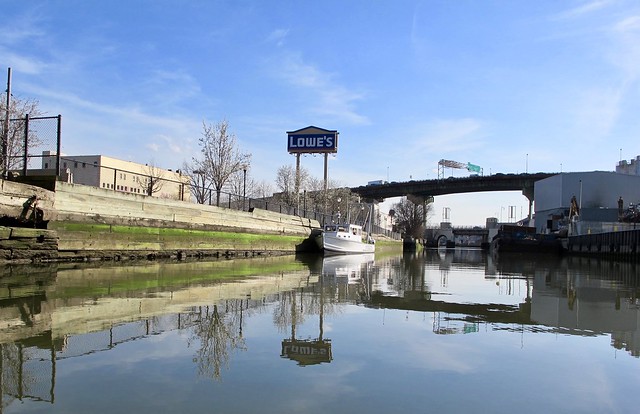
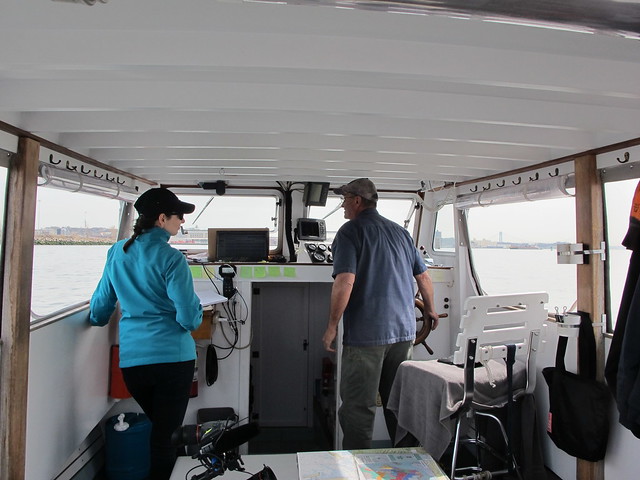

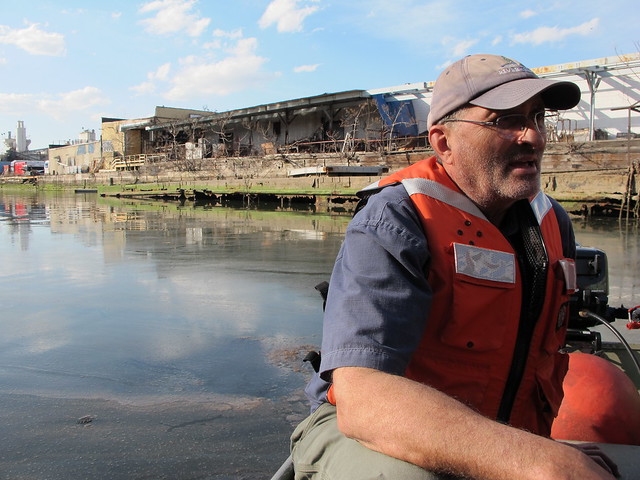
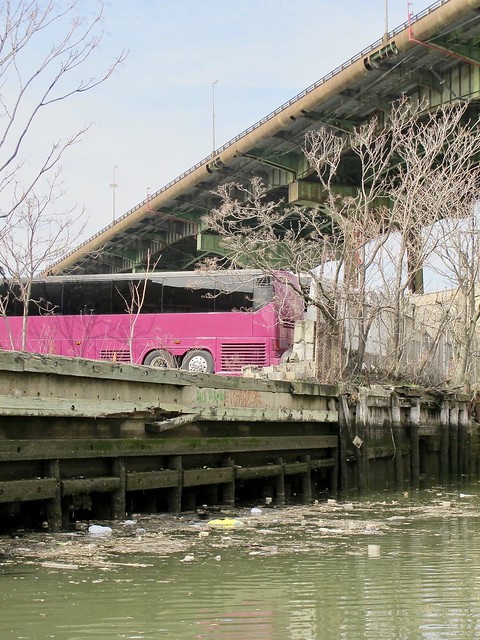
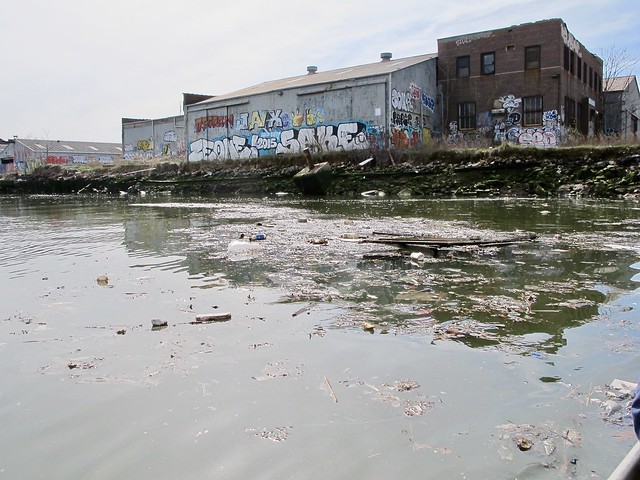
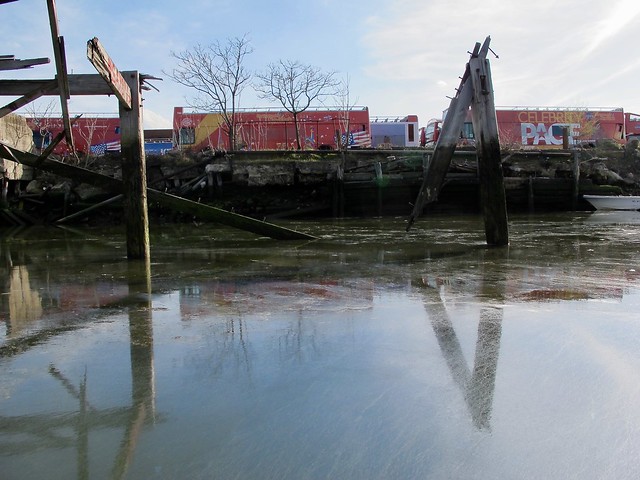
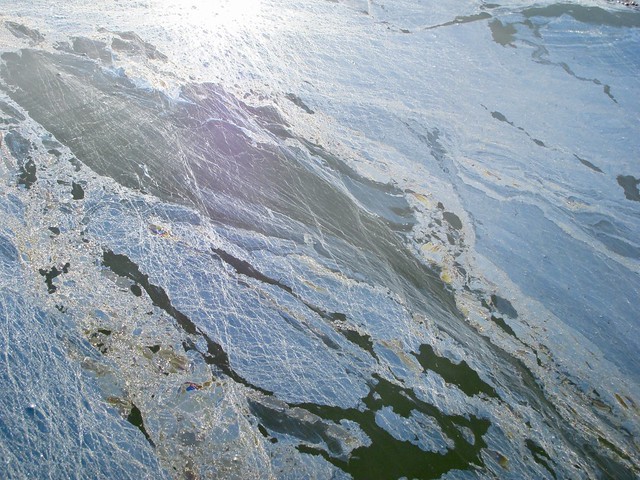
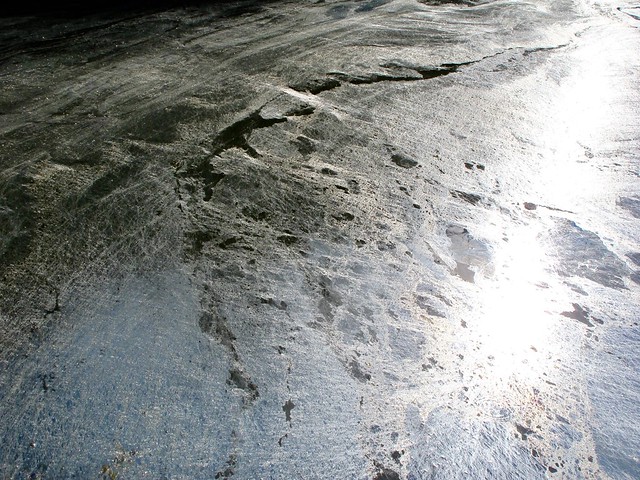
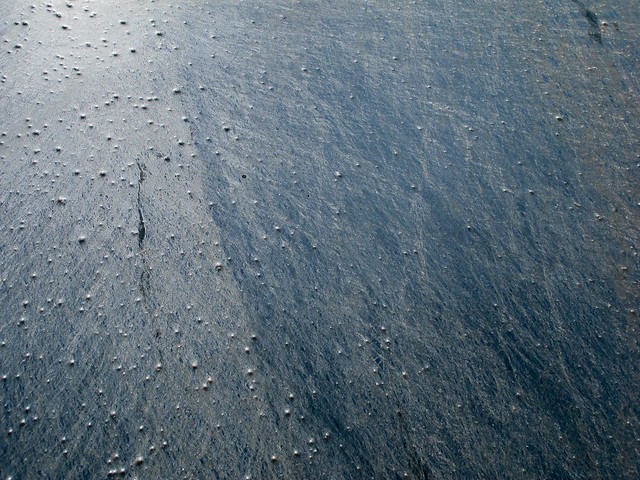
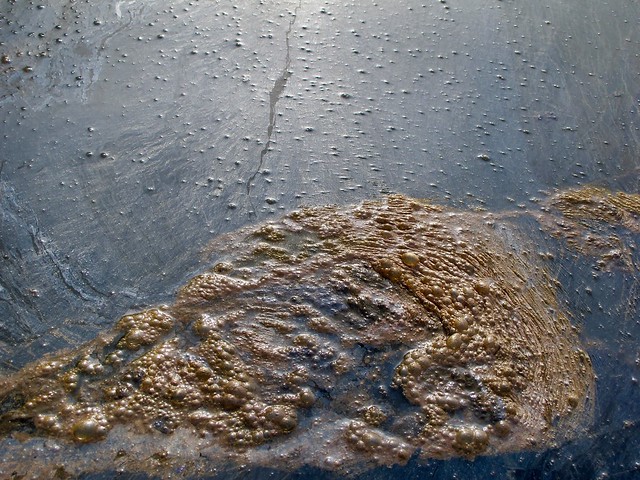
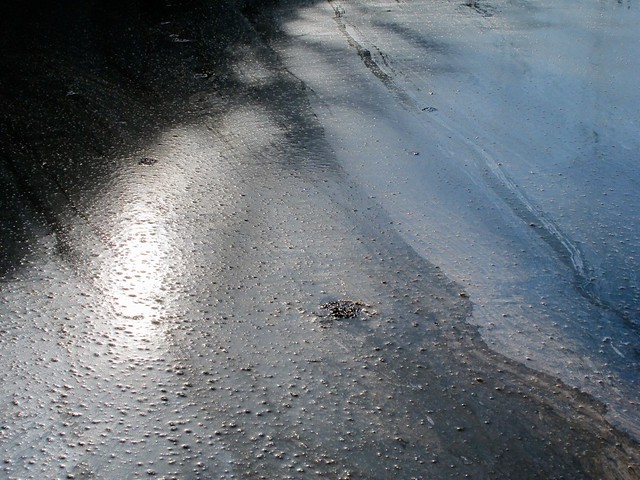
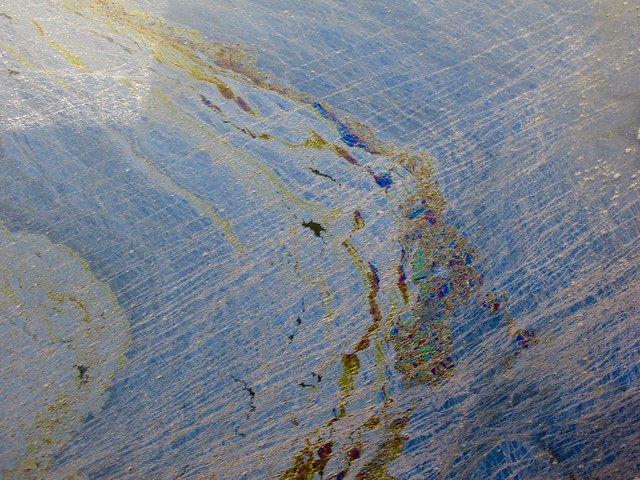
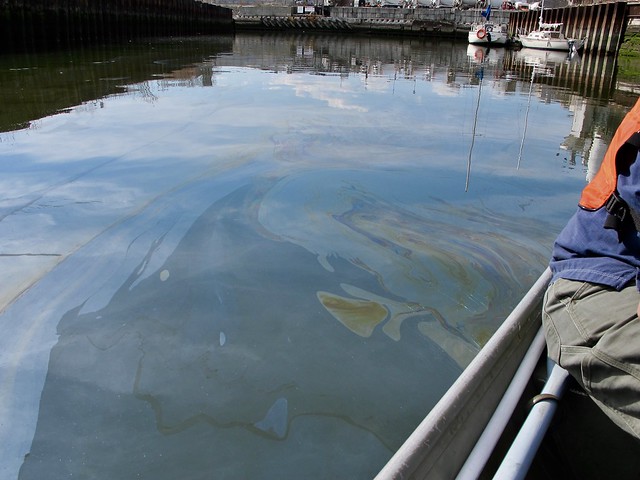
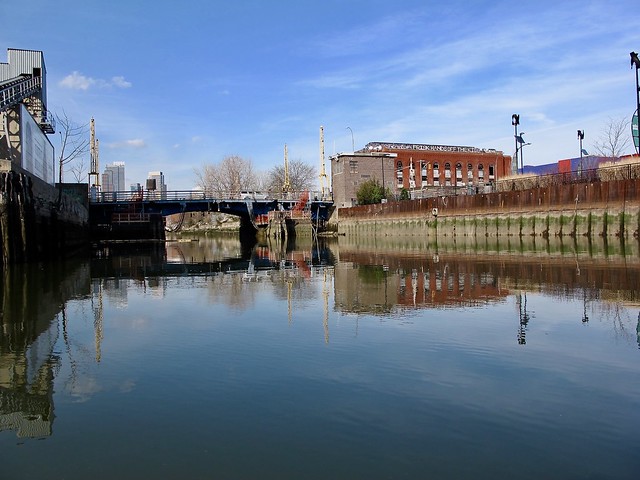
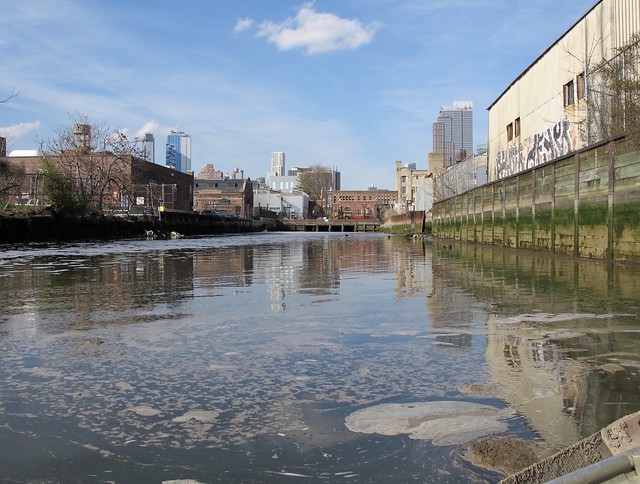
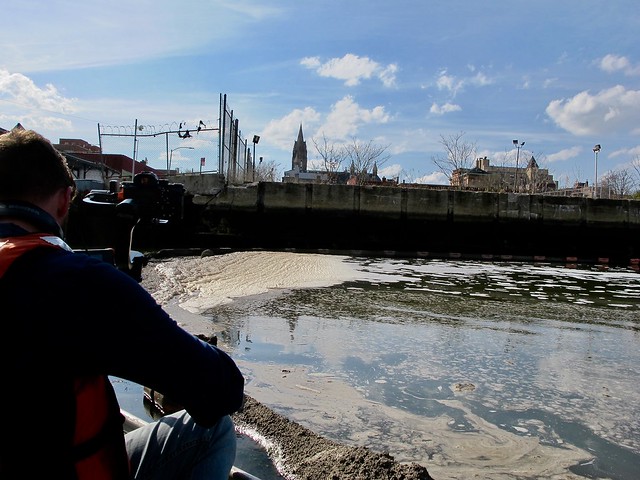
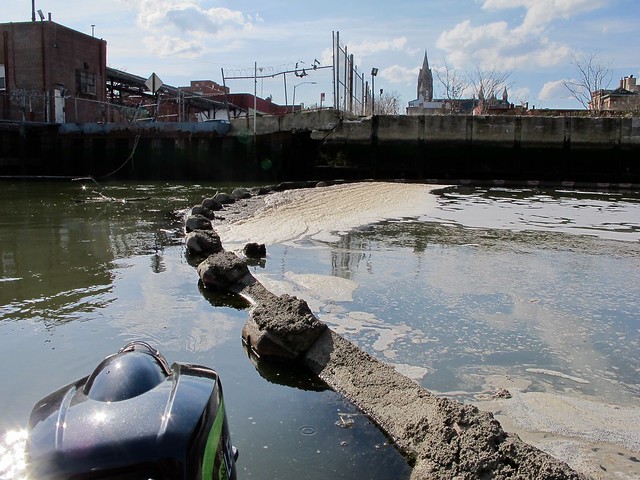
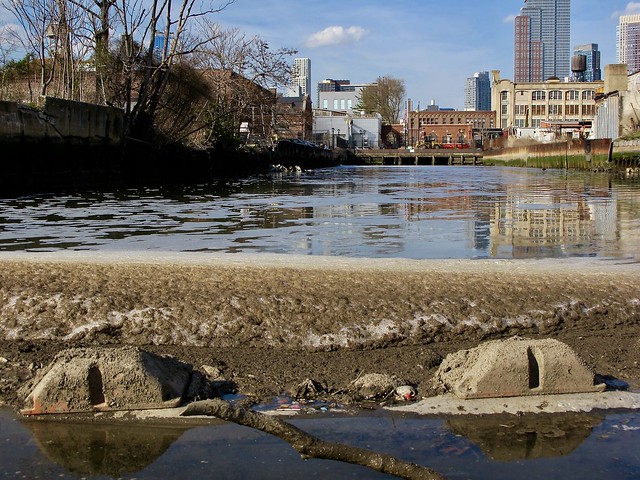






.JPG)

No comments:
Post a Comment